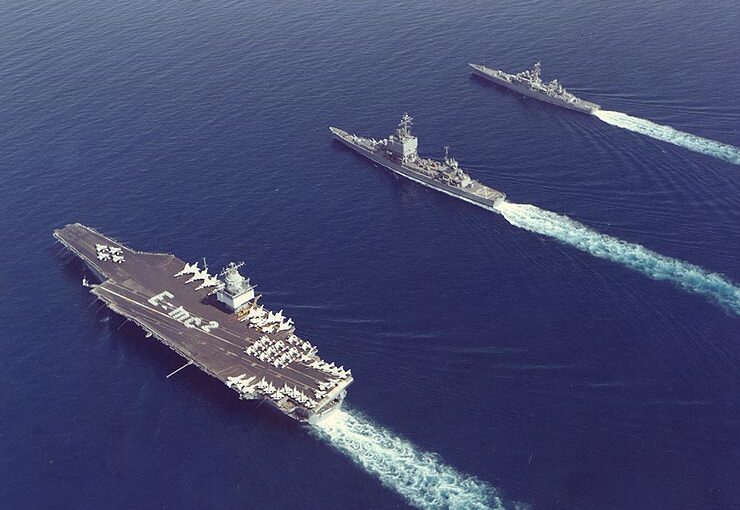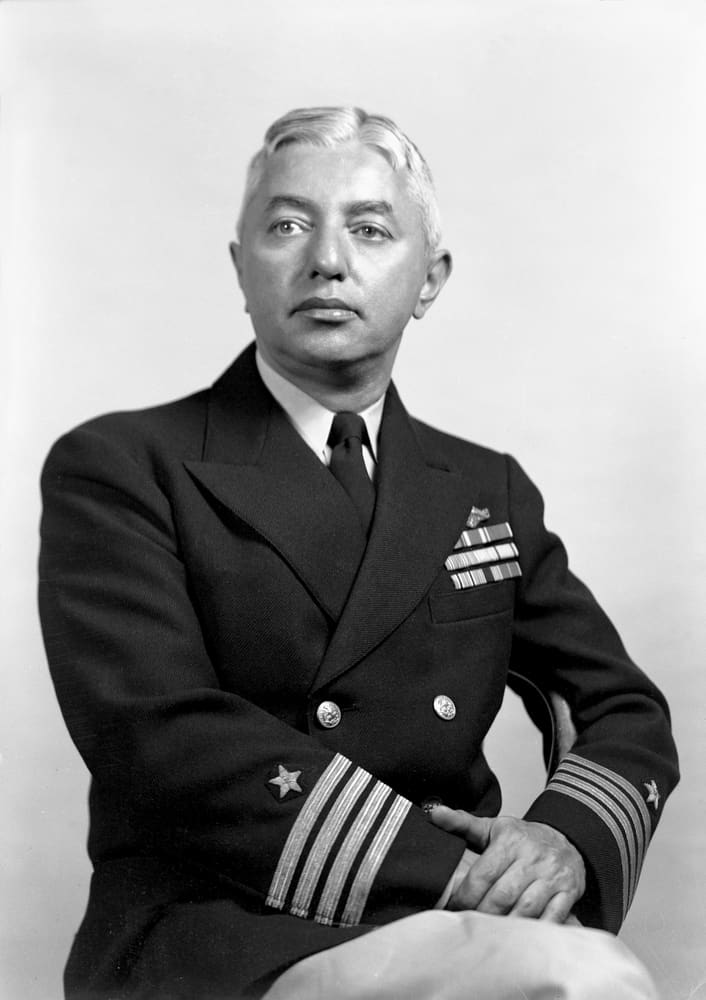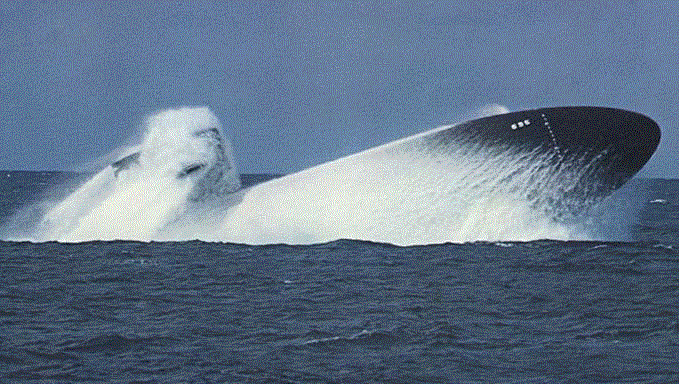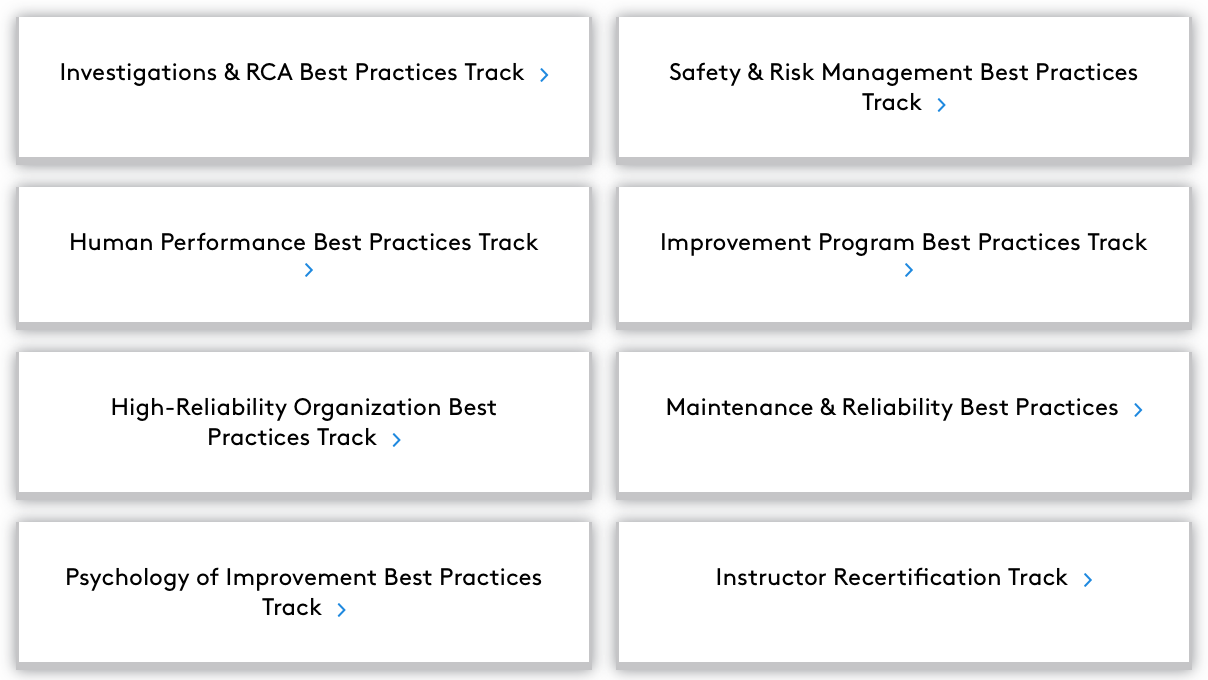What Was the First High-Reliability Organization?

The Nuclear Navy was the First High-Reliability Organization

On February 20, 1949, Admiral Rickover reported for duty as the head of the Division of Reactors Development at the Atomic Energy Commission and to the Chief of the Bureau of Ships for “additional duty.” This was the start of the Nuclear Navy – the first high-reliability organization.
In less than six years, the organization went from an idea (nuclear power on a submarine) to “Underway on Nuclear Power” as the USS Nautilus cast off her lines and steamed out of port (January 17, 1955). That is an engineering miracle. But Admiral Rickover wasn’t done.
Why do I call The Nuclear Navy the first high-reliability organization? Consider the Nuclear Navy’s record. As Nuclear Newswire reported:
“The nuclear navy has logged over 5,400 reactor-years of accident-free
operations and traveled over 130 million miles on nuclear energy, enough
to circle the earth 3,500 times. From the time of the USS Nautilus in 1954,
to the present, no civilian or military personnel on these ships, more than
a hundred thousand people, have ever been harmed by radiation from
reactors or facilities with which they were so intimately in contact.”
This record is even more remarkable when you discover that Admiral Rickover retired in 1982 – more than 40 years ago – and the program has continued with the high standards he set even though people in the program today never met Admiral Rickover.
Compare the Nuclear Navy to Other Organizations

Do you know of any other industrial process or government organization operating with this type of record?
Imagine all the refineries in the US operating for decades without a process safety accident causing a fatality. Or all the US aircraft carriers operating in peacetime without losing a pilot. Or all the oil wells drilled in the US without a blowout for over a decade. Or a decade of pipeline operations without a leak. Or all the hospitals in the USA going even a year without any medical errors that caused a patient fatality.
It hasn’t happened (and probably never will). Why? It has nothing to do with being in the military. The reason other industries don’t have a record of excellence with no failures is that they don’t live up to the standards Rickover set for the Nuclear Navy.
What Are Rickover’s Standards?
I’ve written several articles on the topic. One that I wrote for the CCPS compared Rickover’s standards to OSHA’s PSM and EPA’s RMP. It is available here:
Has process safety management missed the boat?
I also wrote a series of articles about Rickover’s ability to stop the normalization of deviation at this link:
Stopping the Normalization of Deviation with the
Normalization of Excellence – How Admiral Rickover Did It
Learn More About Rickover and the Standards He Set
Is it possible for your organization to live up to Rickover’s standards? Perhaps. That’s the focus of a session at the 2025 Global TapRooT® Summit. Mark Paradies will present:

Get more information about the session by clicking on the figure above.
This is your chance to ask questions of someone who has been there – done that and has the scars to prove it. Find out how you can improve any process, including process safety, patient safety, or operational excellence, by adopting the proven methods of the Nuclear Navy.
Learn More About High Reliability at the Summit

The 2025 Global TapRooT® Summit will be held in Knoxville, Tennessee, (our hometown) from September 29 to October 3. For complete Summit information, CLICK HERE.
Mark’s talk about Admiral Rickover and High-Reliability Organizations is in the High-Reliability Organization Best Practices Track. See all the sessions in the track HERE.
For complete information about all eight of the Best Practice Tracks at the Summit, see the links at:

And see the complete Summit schedule HERE.
Then register for the 2025 Global TapRooT® Summit by CLICKING HERE.
Don’t miss this opportunity to guide your company to high reliability.




